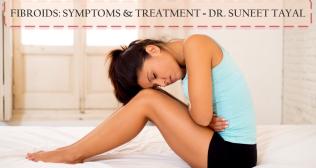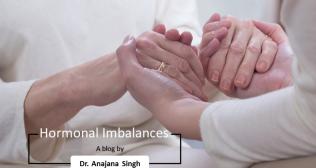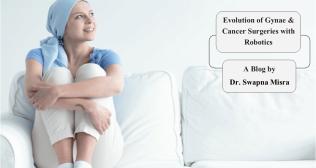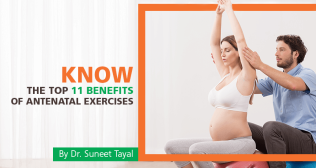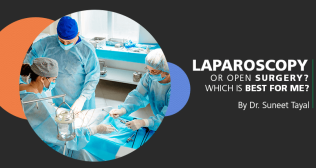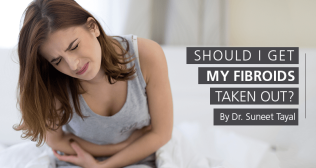
How Does Endometriosis Affect Fertility in Women?
Endometriosis is a condition where tissue similar to the lining of your uterus grows on other parts of your body. When this tissue grows in the wrong places, it can cause you to experience uncomfortable symptoms that can impact your daily life. Some people with endometriosis also have issues getting pregnant.20 to 25 % of patients may be asymptomatic.
The endometrium is the inner lining of your uterus. This tissue is what you shed during a menstrual period. Think of endometrium as layers of tissue that build up along the inside lining of your uterus. When you have a period, these layers fall away from the walls of your uterus and leave your body. If you get pregnant, the endometrium helps support the early phases of development.
When you have endometriosis, endometrial-like tissue grows on other organs or structures. This tissue can grow within your abdomen, pelvis, or even chest. This tissue is hormonally sensitive and can become inflamed during your menstrual cycle. These areas of endometrial-like tissue can cause ovarian cysts, superficial lesions, deeper nodules, adhesions (tissue that connects your organs and binds them together), and scar tissue within your body.
Endometriosis can make it more difficult to get pregnant. Between 30-50% of people with endometriosis may experience infertility. The normal chance of getting pregnant each month for people with no endometriosis is approximately 10-20%, while people with surgically documented endometriosis have a chance of only 1-10%.
Endometriosis can influence fertility in several ways: distorted anatomy of the pelvis, adhesions, scarred fallopian tubes, inflammation of the pelvic structures, altered immune system functioning, changes in the hormonal environment of the eggs, impaired implantation of a pregnancy, and altered egg quality.
The principal aims of therapy include relief of symptoms, resolution of existing endometriotic implants, and prevention of new foci of ectopic endometrial tissue. Current therapeutic approaches are far from being curative; they focus on managing the clinical symptoms of the disease rather than fighting the disease. Specific combinations of medical, surgical, and psychological treatments can ameliorate the quality of life of women with endometriosis. The benefits of these treatments have not been entirely demonstrated.
Based on common observations in laparoscopy, pelvic anatomy distortion, the so-called “pelvic factor”, can more readily explain infertility in patients with severe forms of endometriosis. Major pelvic adhesions or peritubal adhesions that disturb the tubo-ovarian liaison and tube patency can impair oocyte release from the ovary, inhibit ovum pickup, or impede ovum transport [16].
Women with endometriosis may have endocrine and ovulatory disorders, including luteinized unruptured follicle syndrome, impaired folliculogenesis, luteal phase defect, and premature or multiple luteinizing hormone (LH) surges.
The surgical removal of endometriotic implants in minimal-mild severity endometriosis has been shown to improve fertility. The surgical removal of endometriotic implants in minimal-mild severity endometriosis was shown to improve fertility
IVF-ET is particularly appropriate in cases of infertility associated with a history of endometriosis that involves compromised tubal function, male factor, and/or other treatment failure. In particular, IVF-ET is a powerful therapeutic tool for the treatment of infertility-related endometriosis after failure of other lines of treatment.
Categories
Clear allMeet the doctor
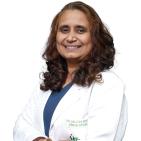
- Obstetrics and Gynaecology | Obstetrics and Gynaecology | Robotic Surgery
-
23 Years
-
1200







